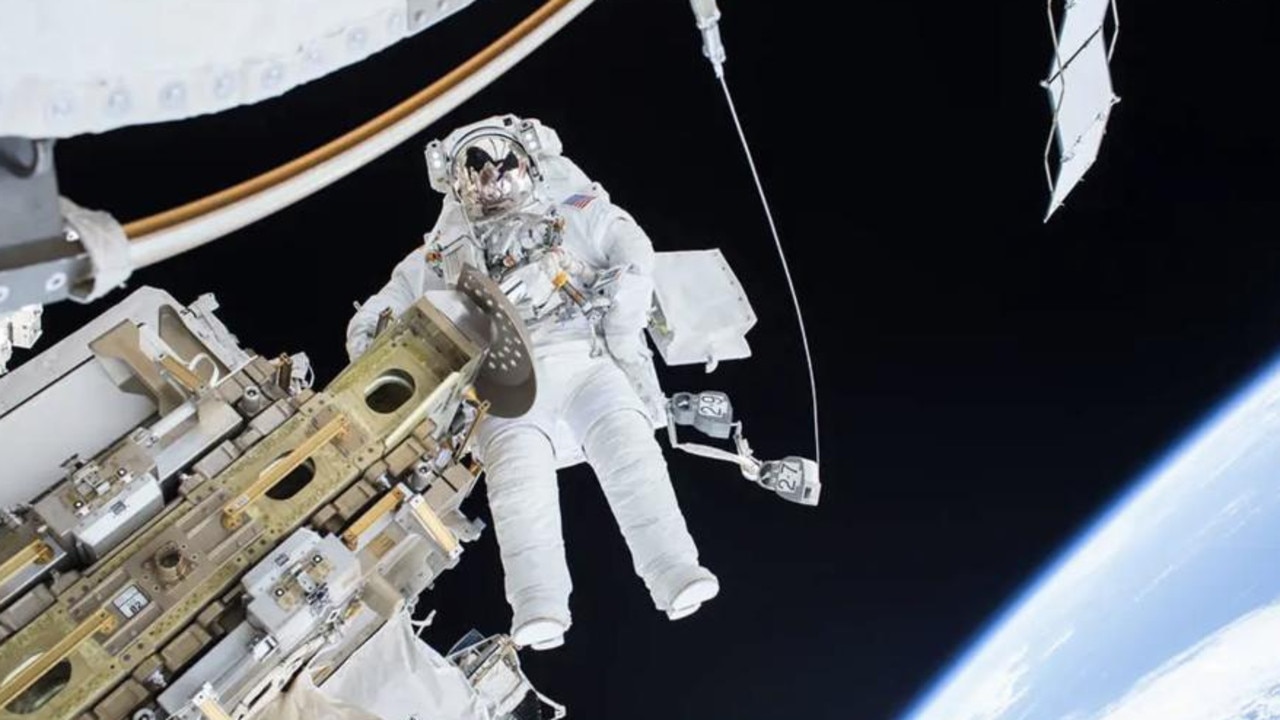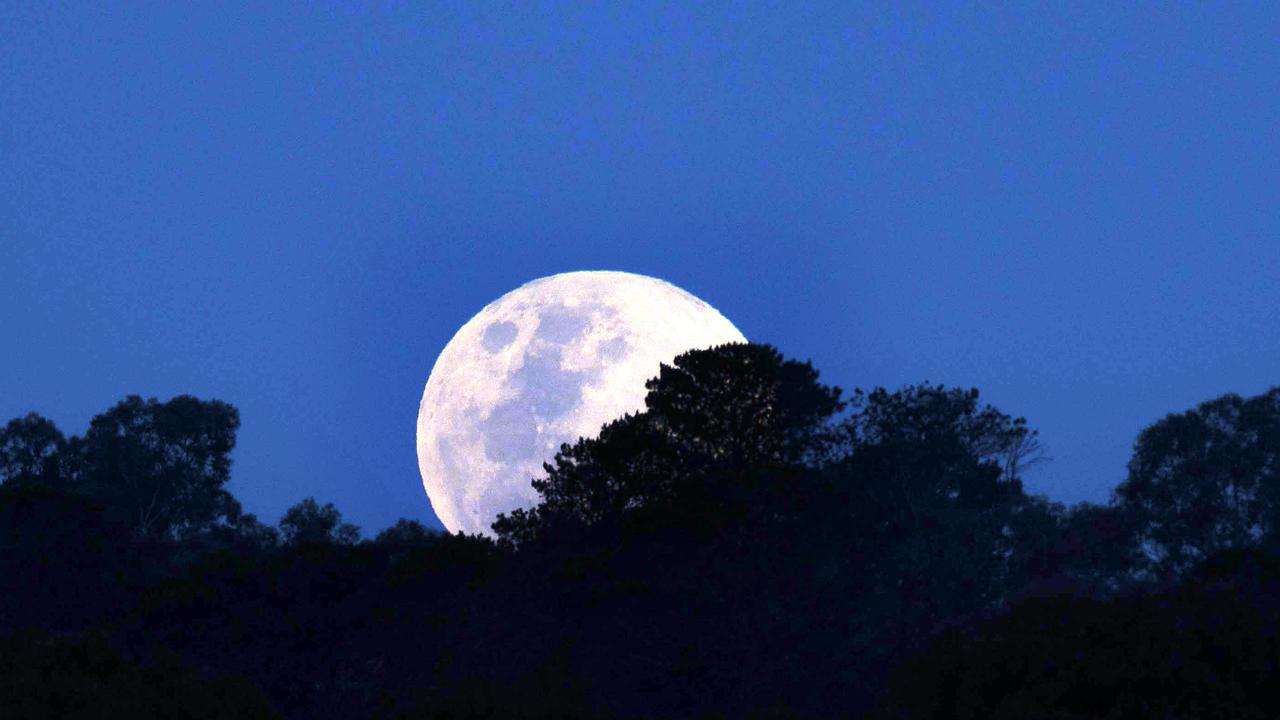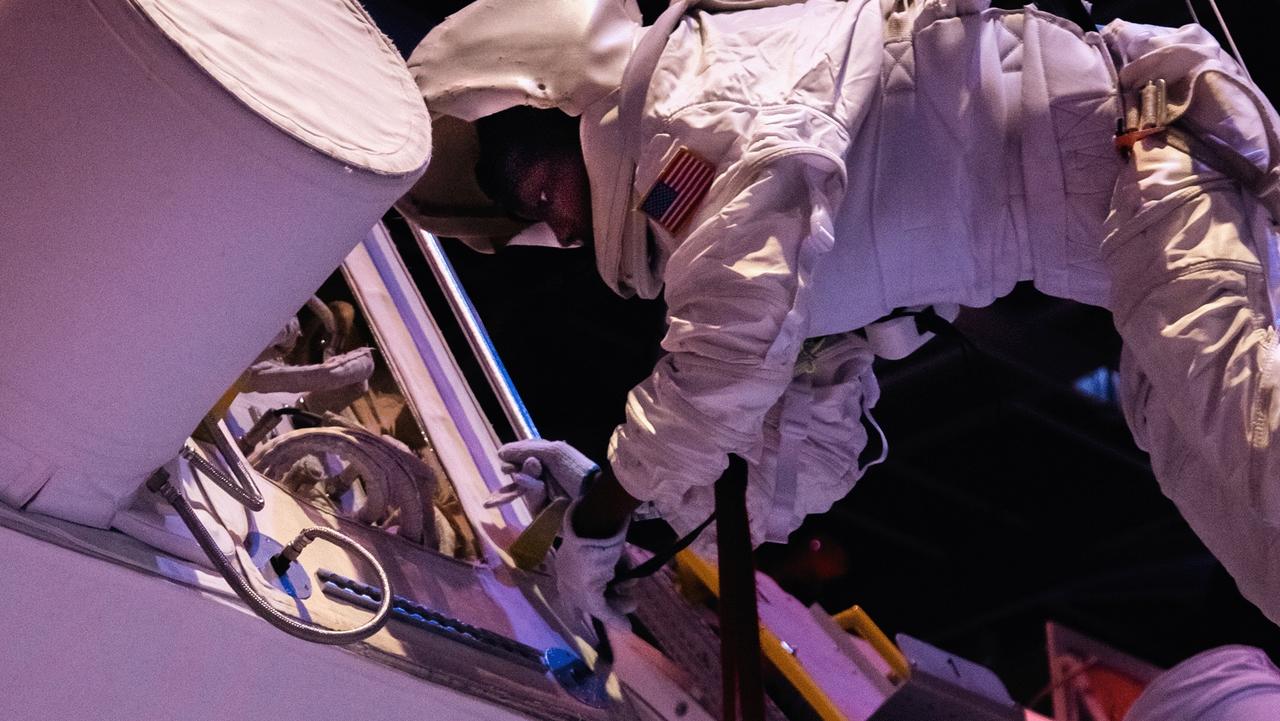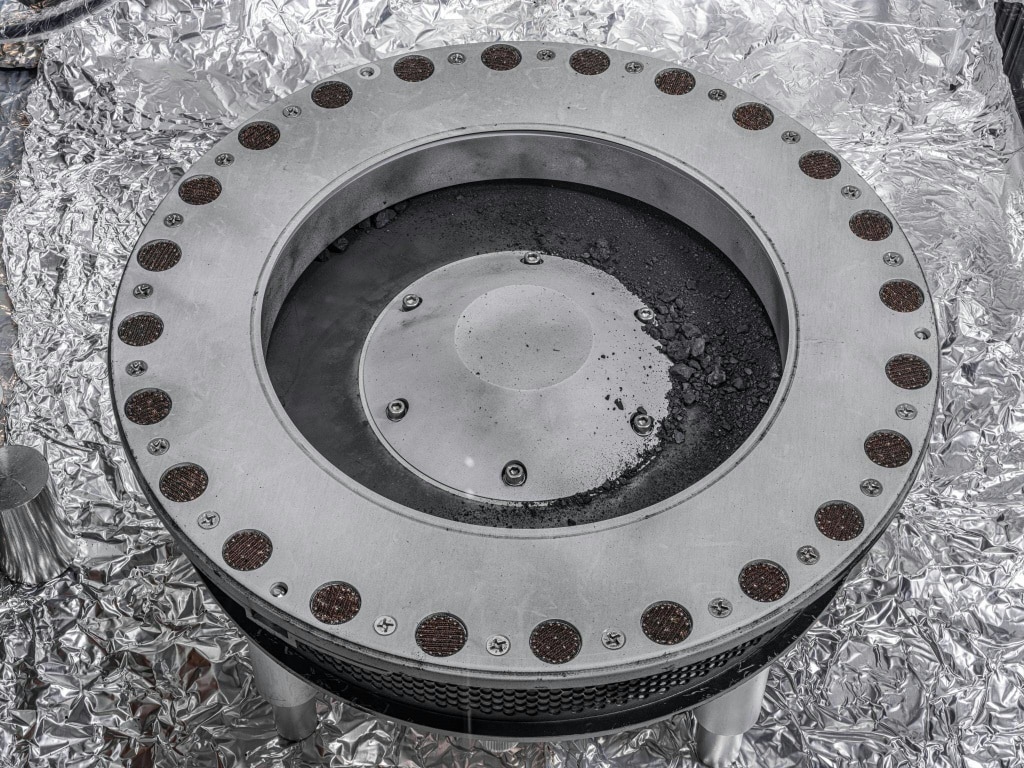Plants to be grown on the moon when humans return
The next time humans return to the moon, the astronauts will grow plants and bring them back to Earth.

The next time humans return to the moon, astronauts will cultivate and bring back plants that were grown in space.
An announcement from NASA has declared the Lunar Effects on Agricultural Flora project (LEAF) will collect data on plant growth and development.
The data will help scientists to understand the use of plants grown for both human nutrition and life support on the moon and beyond.
A core group from the Australian Research Council Centre of Excellence will make up the prestigious consortium who are pioneering the project, as well as the University of Adelaide and La Trobe University.

Project lead and Space Lab vice president Christine Escobar said the research would be a “pivotal step” toward understanding how agriculture on the moon could eventually support human crews.
Associate Professor of plant synthetic biology at the University of Adelaide and Plants for Space (P4S) chief investigator, Jenny Mortimer, said the mission will help inform scientists how to build a “robust” environment that allows them to thrive.
“The data we capture from the mission, both from the lunar surface and what we learn when we analyse the samples upon return, will help us to design the lunar and Martian crops of the future,” she said.
Another member of the project, Professor Mathew Lewsey of P4S and the La Trobe Institute for Sustainable Agriculture and Food, said the LEAF investigation would provide information about how plants could grow in extreme conditions.

“The seeds we send to the Moon will germinate in an enclosed capsule, which we will be monitoring through a remote camera,” Professor Lewsey said.
“Our team of scientists will collect data on the plants as they grow on the moon, monitoring their size and morphology, then conduct genetic and metabolic analyses of individual cells when the plants return to Earth.
“We can then apply this knowledge to improve plant resilience to radiation and other environmental challenges.”
More Coverage
All of the experiments in the program will aim to develop novel plant-based foods and biomanufacturing technologies that assist humans to explore deeper into space than ever before.
They will also aim to advance on-Earth sustainability and efficiency.
LEAF is one of three science instruments so far announced selected for development for deployment on the Moon’s surface as part of NASA’s Artemis III mission, all of which will be set up near the lunar South Pole.





